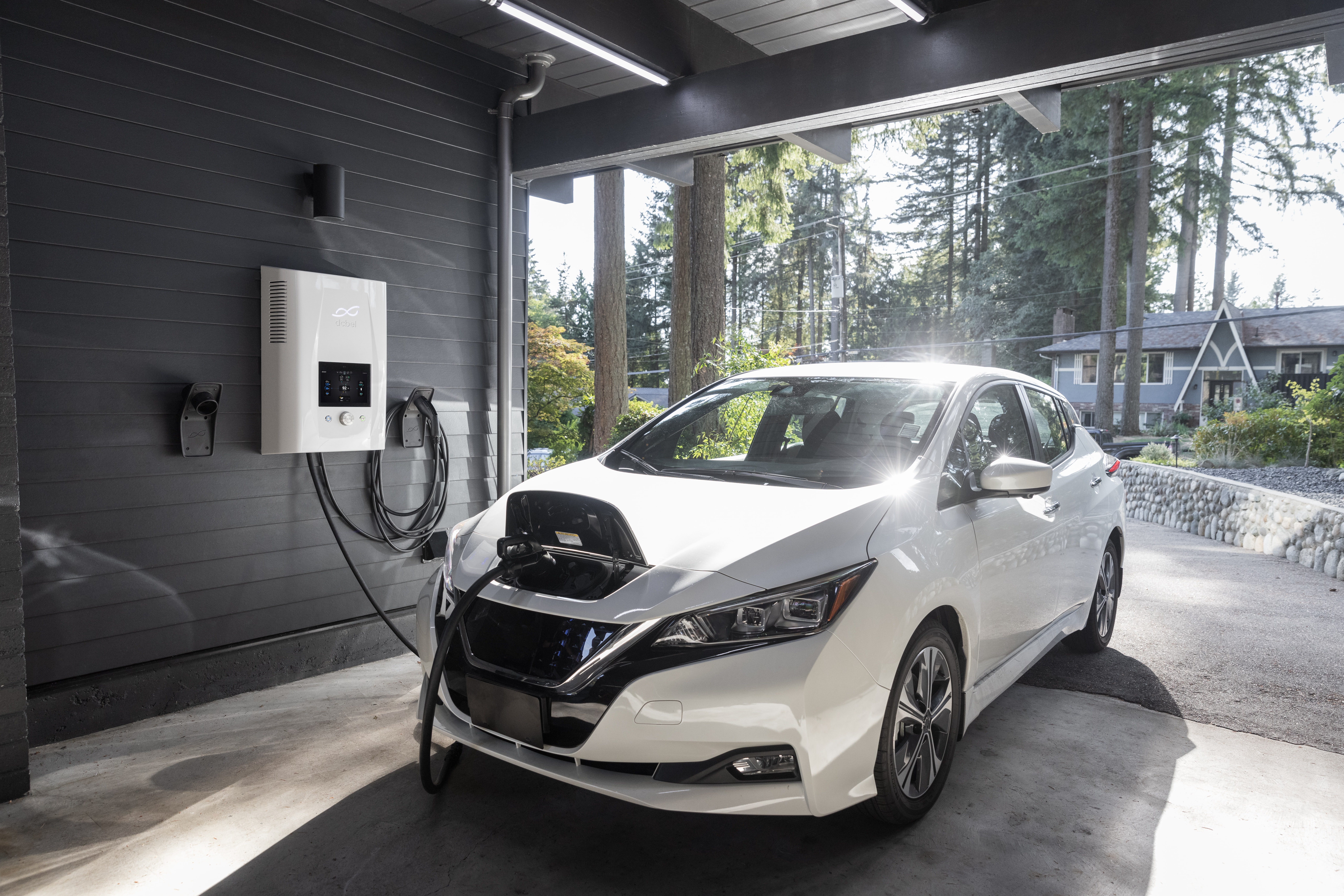As electric vehicles (EVs) break into the mainstream American market, the need for revamped infrastructure has become more prevalent. More EV charging stations are needed to match the increasing demand for electric cars, but in some parts of the country, this shortage of charging stations is well-known. Some states are collaborating with advocacy groups in Utah and other areas.
With the western U.S. being predominantly rural, EVs are at a strategic disadvantage since many highways in the more desolate areas don’t have the infrastructure to support charging stations.
A new federal project, West Electric Highway, aims to address this problem. The initiative was established as part of the bipartisan infrastructure law to build up to 50 miles of charging stations across the western U.S.
Though this begins the groundwork for a more developed EV network, a lot of the work required is getting citizens to buy into using electric cars. Public engagement is where ChargeWest and Utah Clean Cities come into play.
ChargeWest and Utah Clean Cities are two advocacy groups using their platforms to educate stakeholders and promote the switch to EVs. They work alongside many local and state governments in Utah, Colorado, Arizona, New Mexico, Wyoming, Montana, Nevada, and California. The goal of ChargeWest is to address the lack of a connected grid in parts of the country so more fast-charging stations can be installed.
“When we look at Charge West, it’s an opportunity for us to imagine electrified transportation fully and to know that we can travel, with range confidence, to our destinations and be able to return,” said Tammie Bostick, executive director of Utah Clean Cities. Most of the areas in question are rural deserts and mountainous states. This plan includes popular tourist destinations like Zion National Park, the Grand Canyon, and others.
Utah Clean Cities and their work fall under DRIVE Electric USA’s umbrella, a national campaign to get more states up to speed on electric vehicle infrastructure. Drive Electric Utah has aimed to educate residents about the benefits of electric cars beyond the environmental impact. This information includes the cost of maintenance for EVs compared to internal-combustion cars, a wide selection of different vehicles, and substantial tax exemptions and refunds.
They also provide news coverage of the development of the EV network in Utah. They are not alone in this initiative, as 14 states have participated in Drive Electric USA and continue to work with the organization for greater infrastructure in flyover states and major metropolitan areas. Records of EV purchases are kept to track the need for charging stations. The project will run until December 2023. Once completed, a 35-company political action committee (PAC) will be established to continue infrastructure construction.
Getting the public’s backing is crucial to all these EV initiatives. The job becomes easier with state and local government backing — many have already bought into the EV infrastructure. “This project will allow Utah Clean Cities to further develop the electrification movement for both passenger vehicles and fleet vehicles within our state while sharing valuable expertise with our regional and national partners,” added Bostick.
The long-term outlook for the U.S. automobile infrastructure is changing, but without the buy-in of all the states, the process will be more expensive and extensive than necessary. The work done by ChargeWest, Utah Clean Cities, and DRIVE Electric USA in building the Western Electric Highway is vital for that reason.





